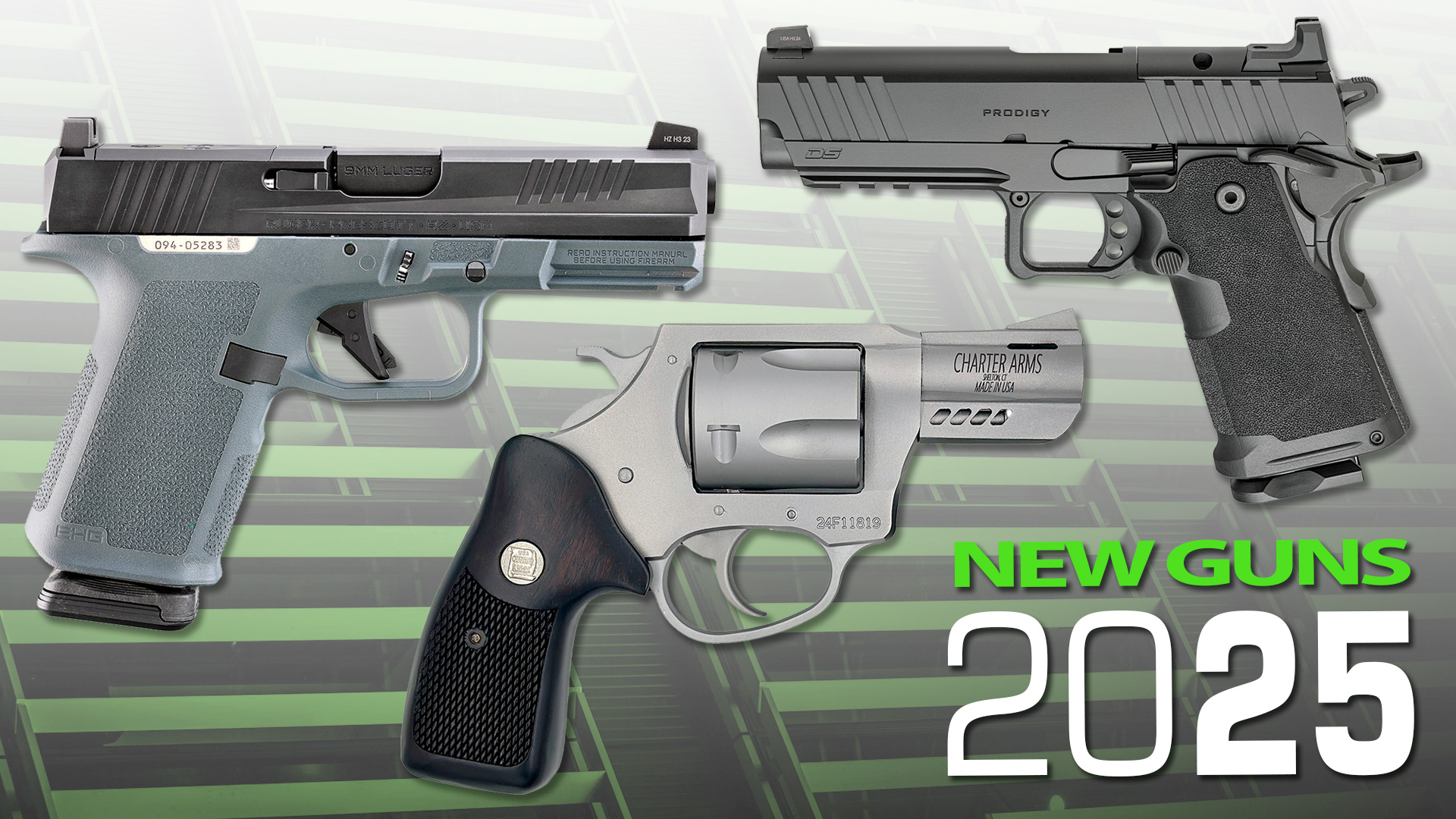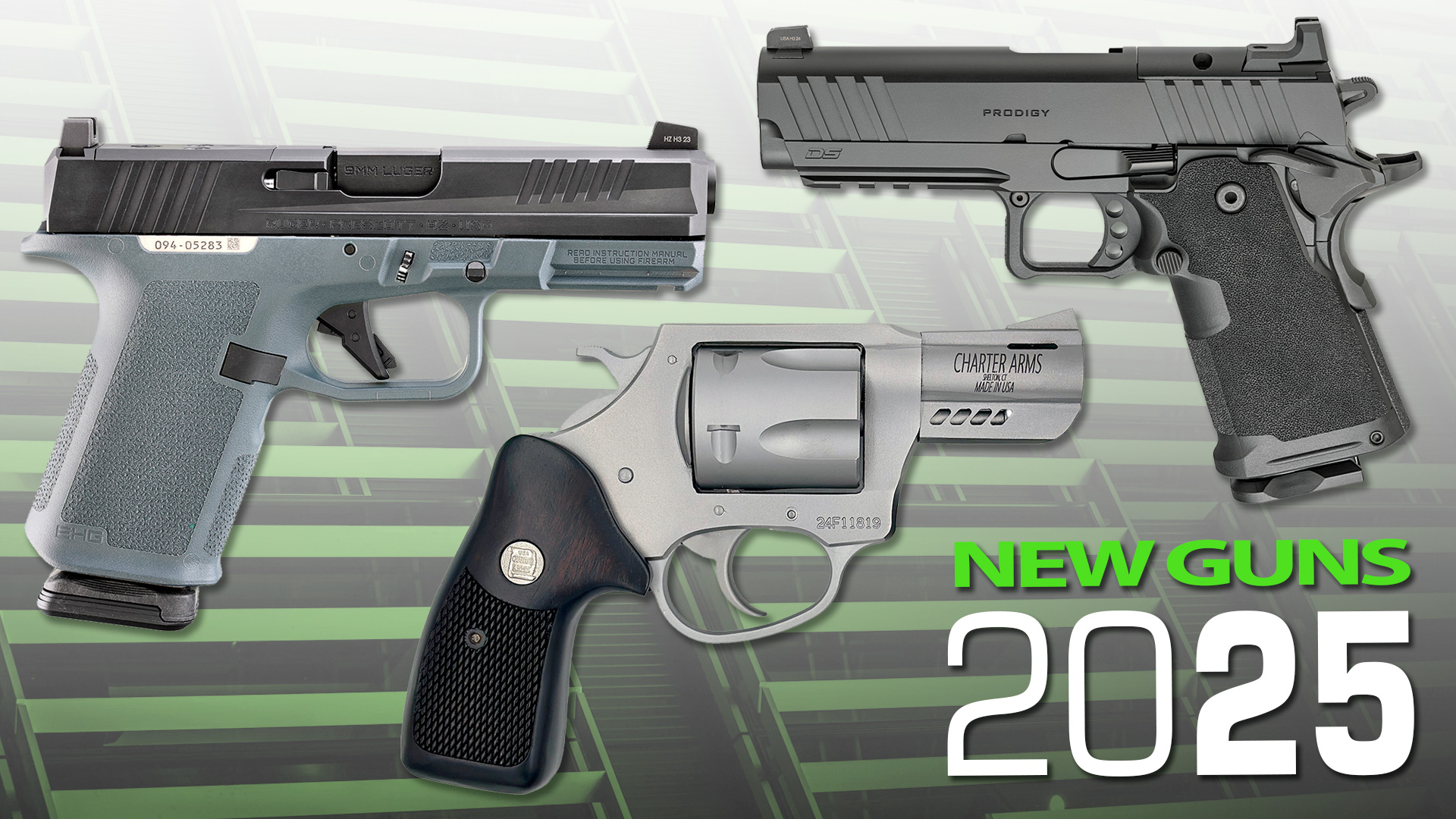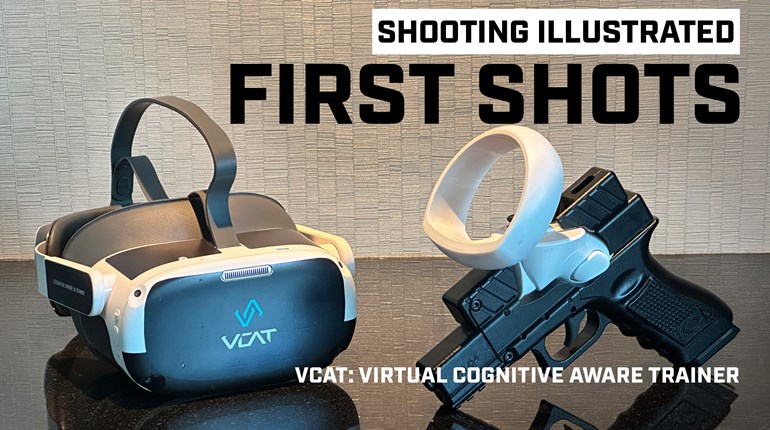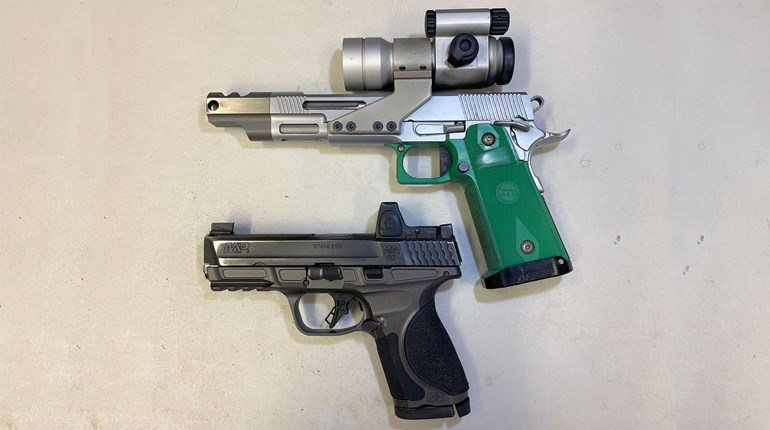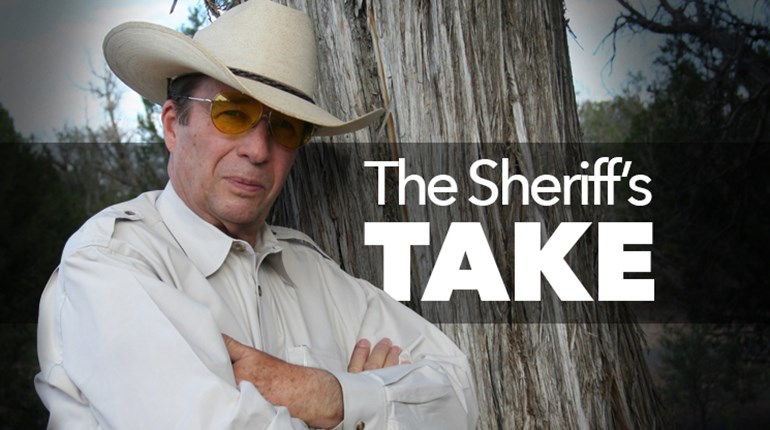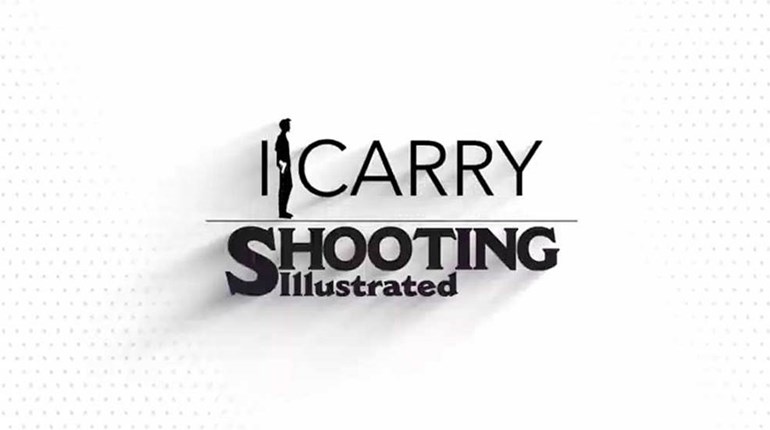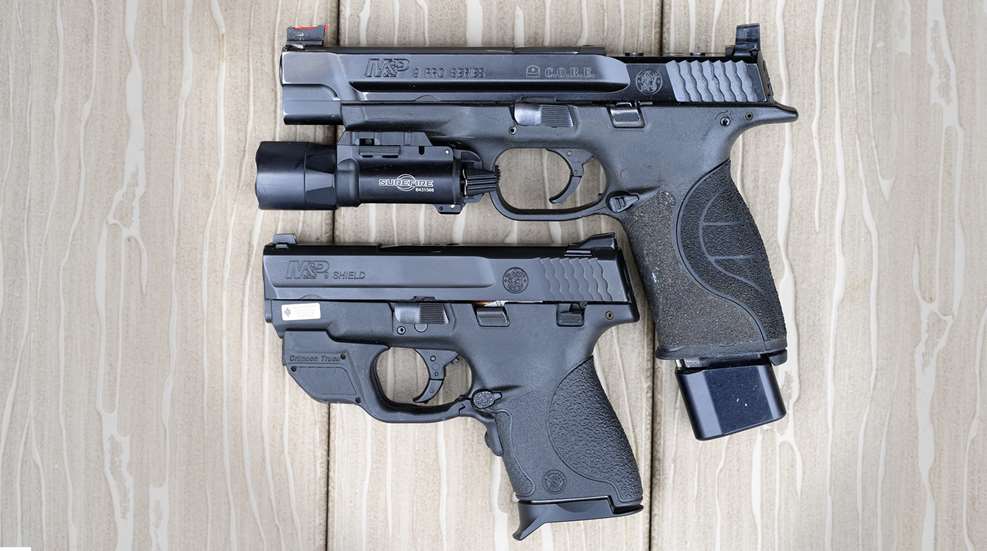
The optimal handgun for concealed carry might vary with weather, wardrobe and level of concealment and level of retention required for each person. Full-size guns are for shooting, small guns are for carrying. That’s why many people prefer to use openly carried, full-size guns with heavy frames, optics, lights, compensators and lightened triggers for range practice, classes and matches. As a result, those easy-shooting guns give us great confidence in our skills.
When it’s time to leave the range, the big gun goes in the case and the small gun goes back in the pocket, inside the waistband or back in the car. The added complexity of drawing from concealment or off-body carry can dramatically increase times to an accurate first shot. Practicing with the small gun isn’t as much fun as the big gun, so most don’t do it, relying on the untested assumption that their skill with one will carry over to the other.
Comparing Bigger Pistols to Smaller Pistols
For the past decade, each year I have run a smaller-size firearms training course with an exercise where students shoot our 20-round “Three Seconds or Less” drill with both their smaller guns and their big guns. The test uses an IDPA target. Each string has a 3-second par time. “Zero ring” hits count 5 points, hits outside the zero ring count zero. Some strings start from a partial draw: hand on holstered gun, support hand at chest level lifting concealment garment. Shooting 100 percent on this test requires skill equivalent to USPSA C class, IDPA Sharpshooter, or ability to shoot 90 percent or better on a typical police qualification course of fire. Our test is roughly twice as difficult as the Texas carry permit shooting requirement. Scoring-wise, 70-79 points is marginal, 80-89 points is acceptable and 90-100 points is desirable.
3 yards
1) From concealment, step left, draw and fire three body shots
2) From concealment, step right, draw and fire three body shots
3) Partial draw start, fire two head shots
4) Partial draw start, fire two body shots, one handed while retreating
7 yards
1) Remove magazine, empty chamber, lock gun open. Start with new magazine aligned with mag well.
On signal, insert magazine, rack slide and fire one body shot
2) From ready, fire two head shots
3) Partial draw start, draw and fire two body shots strong hand only
4) Holster then face left. Partial-draw start, on signal turn right, draw and fire three body shots
5) Transfer gun to support hand only, aim at target with finger off trigger. On signal fire two body shots.
 The test scores answer two questions: What do I give up switching to the small gun? Is that level of skill sufficient? Out of the 116 shooters that have taken the course, here are the percentages of students who shot scores above 70, 80 and 90 points.
The test scores answer two questions: What do I give up switching to the small gun? Is that level of skill sufficient? Out of the 116 shooters that have taken the course, here are the percentages of students who shot scores above 70, 80 and 90 points.
|
|
BUG (Back up Gun) |
Primary |
|
Passed 70+ percent |
71 percent |
82 percent |
|
Passed 80+ percent |
47 percent |
64 percent |
|
Passed 90+ percent |
24 percent |
37 percent |
The average big-small score gap ranged from 1 percent for the highest skill level shooters to 15 percent for those with lower skill, with 40-percent losses recorded for those with the lowest skill level. So shooting your big gun to a standard far beyond a state-mandated minimum can give you enough skill to shoot the small gun acceptably well, if you choose the right small gun.
What About Small Revolvers?
 Snub-nosed revolvers are easy to carry but harder to shoot for those used to shorter, lighter semi-automatic triggers. Those that chose a smaller gun that was the subcompact version of their bigger gun, or very similar to it, shot their smaller guns better. Only 32 percent of the snub shooters shot scores over 80 with both guns, compared to 64 percent of the subcompact shooters achieving the same feat.
Snub-nosed revolvers are easy to carry but harder to shoot for those used to shorter, lighter semi-automatic triggers. Those that chose a smaller gun that was the subcompact version of their bigger gun, or very similar to it, shot their smaller guns better. Only 32 percent of the snub shooters shot scores over 80 with both guns, compared to 64 percent of the subcompact shooters achieving the same feat.
The lessons learned from this ongoing experiment are simple: Choose your small carry gun to be similar to the big gun you shoot best. Then train with the smaller gun you carry until you can meet a realistic performance standard. That is the skill that matters the most in an actual defensive incident.










